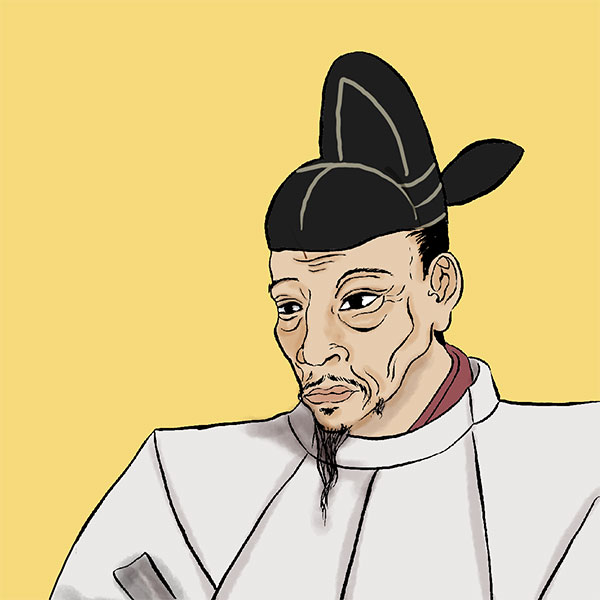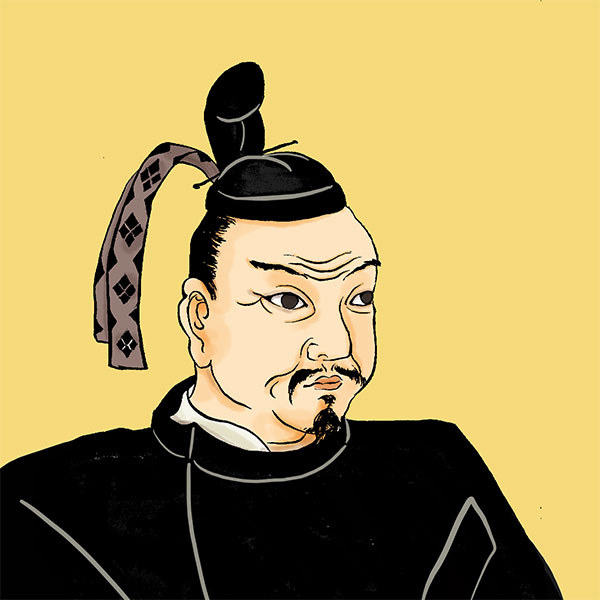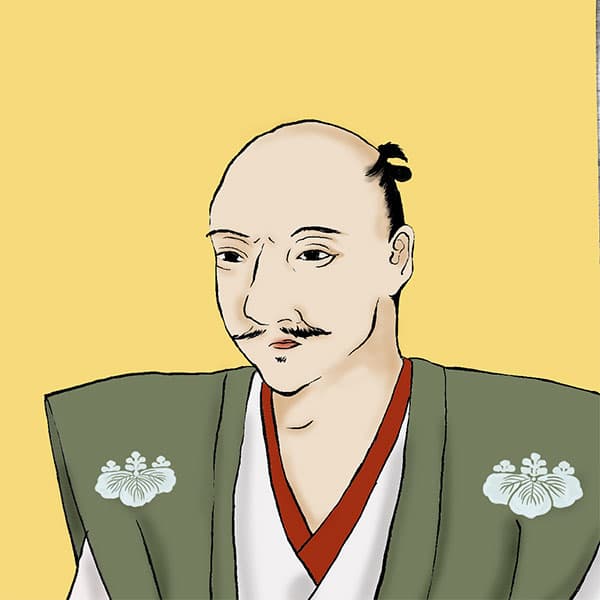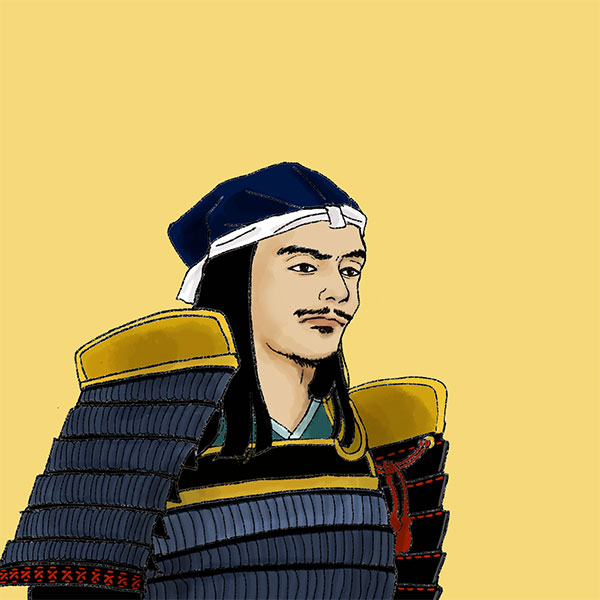Battle of Tottori Castle (2/2)“Thirst killing” due to the worst siege battle in history
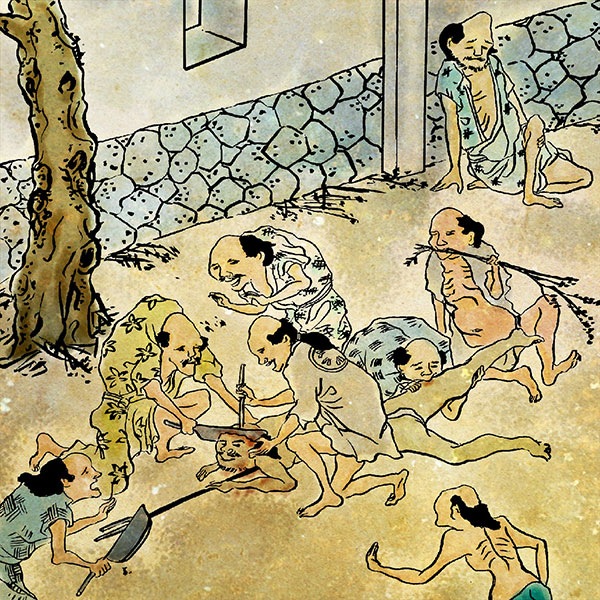
Battle of Tottori Castle
- Article category
- case file
- Incident name
- Battle of Tottori Castle (1580-1581)
- place
- Tottori prefecture
- Related castles

Tottori Castle

Kawahara Castle
That's no wonder; in fact, Oda Nobunaga was originally scheduled to take part in the Second Battle of Tottori Castle. However, Nobunaga changed his policy and said, ``If reinforcements from the Mori army arrive, I will go to battle.'' Since Motoharu Yoshikawa had advanced into the eastern part of Hoki Province (central and western Tottori prefecture), which bordered Inaba, the Mori army believed that if Tottori Castle fell, they could prevent the invasion of Hideyoshi's army. In addition, the Mori army did not advance into Inaba because they were unable to break through Ukita Naoie's army in Mimasaka Province, which also bordered Inaba. For this reason, Nobunaga did not even go to war.
Recent research suggests that Hideyoshi laid three sieges around Tottori Castle. The first was a siege that he ordered his subordinates to create, surrounding Tottori Castle with a total length of 12 km. They built an empty moat up to 8 meters deep, built about 30 castles, connected the castles with moats and fences, and built a turret to constantly monitor the surrounding area and prevent the Mori from invading. .
The second was a siege network to blockade land and sea routes within Inaba Province by capturing branch castles of the Mori side. Motoharu Yoshikawa was about to rescue Tottori Castle by sea, but Hideyoshi blocked the Karo port near Tottori Castle and the area around the mouth of the Chiyo River that flows there. At this time, Hideyoshi won a naval battle against the Mori navy. Furthermore, Maruyama Castle, which was one of the bases of the Mori clan, also fell victim to the blockade at this time. Maruyama Castle was supplied with supplies via Karikaneyama Castle, but Tsugujun Miyabe from Hideyoshi's side destroyed Karikaneyama Castle, cutting off the supply route.
The third is the outermost siege network covering the eastern half of the Chugoku region by Motonsugu Nanjo of Higashihoki and Naoie Ukita of Bizen and Mimasaka, who had defected to the Oda side before Hideyoshi fought the Battle of Tottori Castle. . Mototsugu and Naoie played an active role in interfering with the relief efforts of the Mori army. Due to this triple encirclement, the Mori side's relief supplies were unable to reach Tottori Castle.
There is actually a prequel to Hideyoshi's thorough military food offensive. The Battle of Miki was fought between March 1578 and January 1580, when Hideyoshi attacked Miki Castle in Harima Province. At the time of this war, when Nagaharu Bessho, a representative military commander of Harima Province, rebelled against Nobunaga, Hideyoshi conducted a food raid. This attack was planned by military strategist Takenaka Hanbei and is known as ``Miki's Thousand Kills.'' During the Battle of Miki, there was a rebellion by Murashige Araki, and there were accidents such as the capture of Kuroda Kanbei, a tactician, and the battle dragged on for a long time. In the end, the war ended after about two years. Based on his experience at this time, Hideyoshi made thorough preparations and launched a food offensive, aiming for a quick settlement.
Second Battle of Tottori Castle ③ Tragedy of “cannibalism”
Due to the Hideyoshi army's food raids, Tottori Castle ran out of food in the second month after being confined, and even though they ate military horses, tree bark, and grass roots, they still had no food. Finally, from August, people began to starve to death one after another. According to "Nobunaga Koki," people clung to the castle fence and cried, "Please let me out of here!" When Hideyoshi's army defeated them with guns, the people around them gathered around them with small swords, even if they were still alive, and they even engaged in so-called cannibalism, where they cut out their flesh and ate it.
It was said to be especially popular because it nourished the brain. It was a pretty gruesome scene to imagine, and the inside of Tottori Castle at that time must have been like a picture of hell. For this reason, the Second Battle of Tottori Castle later came to be known as the ``Thirsty Killing of Tottori Castle.''
The lord of the castle, Tsuneie Yoshikawa, must have been extremely troubled by being caught between his sense of responsibility for being entrusted with Tottori Castle by the Mori clan and the hunger that had progressed to the point where people were eating each other. Finally, in October, Tsuneie decided to surrender to Hideyoshi. Initially, Hideyoshi had no intention of taking Tsuneie's life, but Tsuneie begged him to help the soldiers and farmers in exchange for his own life, and he committed suicide. The poem about his death is ``The Azusa bow handed down from the samurai, Kaeruyamoto no Suinaruran''.
Three of the five wills Tsuneie wrote before his death still exist. One of these letters was addressed to Motoharu Yoshikawa's third son, Hiroie, and read, ``It is a great honor to commit seppuku in a fight between the two major powers, Oda and Mori.'' As for the things directed at his subordinates, he praises them for their hardships in the siege. He left a suicide note written in kana so that it would be easy for the children to read, and he wanted them to hear the happy story of how he committed seppuku to save everyone, and was able to make a name for himself as a member of the Yoshikawa clan. , it is written.
It is no wonder that Hideyoshi offered to spare Tsuneie's life, as his will clearly shows Tsuneie's personality. It is said that Hideyoshi cried when he saw Tsuneie's head. Afterwards, the head was sent through Hideyoshi to Oda Nobunaga at Azuchi Castle, where it was respectfully buried. Thus, the Second Battle of Tottori Castle came to an end.
Second Battle of Tottori Castle ④ After surrender, many survivors died
After Tottori Castle was surrendered, the survivors looked as emaciated as hungry ghosts. Hideyoshi served them porridge, but as a result, more than half of the survivors died. This is thought to be due to what is now called "refeeding syndrome." Refeeding syndrome is a complication that occurs when a person with chronic malnutrition due to starvation is suddenly given nutritional support.
This is a bit of a medical topic, but during times of starvation, the human body slows down the synthesis and decomposition of intracellular proteins to conserve energy and suppress metabolism. When nutrients (such as carbohydrates) are suddenly delivered in such a state, the body secretes a large amount of insulin in order to take the nutrients into the cells. This causes electrolytes such as phosphorus, potassium, and magnesium to be taken into cells all at once, resulting in a lack of electrolytes in the blood. In particular, when hypophosphatemia occurs due to a lack of phosphorus, the lack of oxygen can cause heart failure, respiratory failure, arrhythmia, and impaired consciousness, and in the worst case scenario, death. Unfortunately, many of the survivors of Tottori Castle died in this way, leaving a bad impression on Hideyoshi.
Later Tottori Castle and Hideyoshi
After the Battle of Tottori Castle, Toyotomi Hideyoshi installed Tsugujun Miyabe as the castle lord of Tottori Castle. Later, Tsugujun became the lord of Tottori Castle, which was worth 50,000 koku, and was active in conquering Kyushu and conquering Odawara. Afterwards, Hideyoshi took control of Awaji Province and conducted a water raid on Bitchu Takamatsu Castle in Bitchu. Just when it seemed that the invasion of China would continue smoothly, the Honnoji Incident occurred in June 1582. Upon learning of Nobunaga's death, Hideyoshi immediately reconciled with Terumoto Mori and returned to Kyoto. He succeeded in bringing back China, defeated Mitsuhide Akechi, and after the Kiyosu Conference, he became Nobunaga's successor and further expanded his power.
Reread the article on the Battle of Tottori Castle

- WriterNaoko Kurimoto(Writer)I am a former travel industry magazine reporter. I have loved history, both Japanese and world history, since I was a child. I usually enjoy visiting temples and shrines, especially shrines, and often do ``pilgrimages to sacred places'' themed around historical figures. My favorite military commander is Ishida Mitsunari, my favorite castle is Kumamoto Castle, and my favorite castle ruins is Hagi Castle. My heart flutters when I see the ruins of battle castles and the stone walls of castle ruins.



